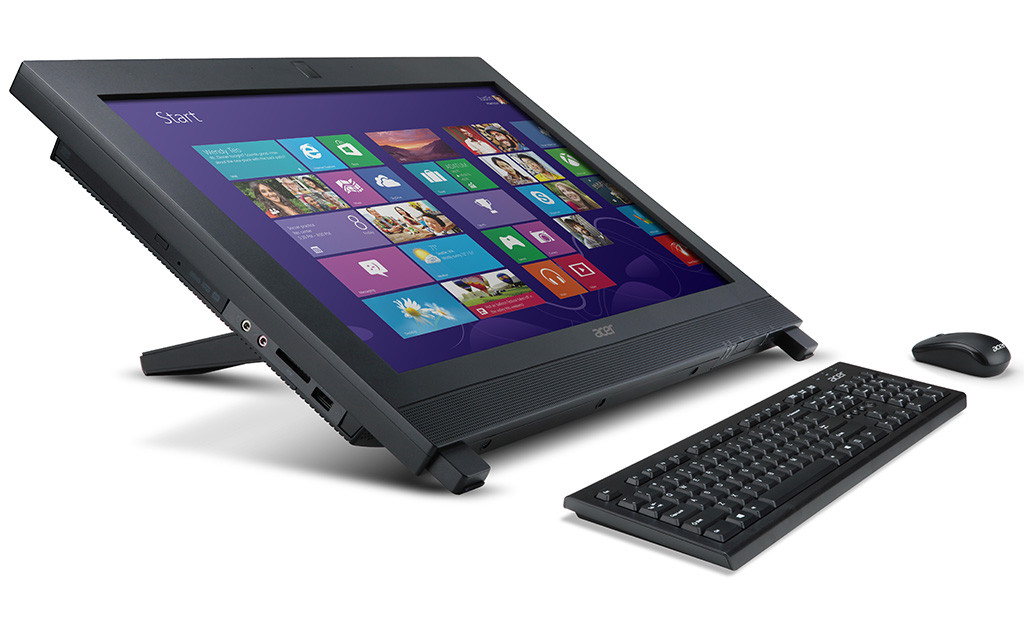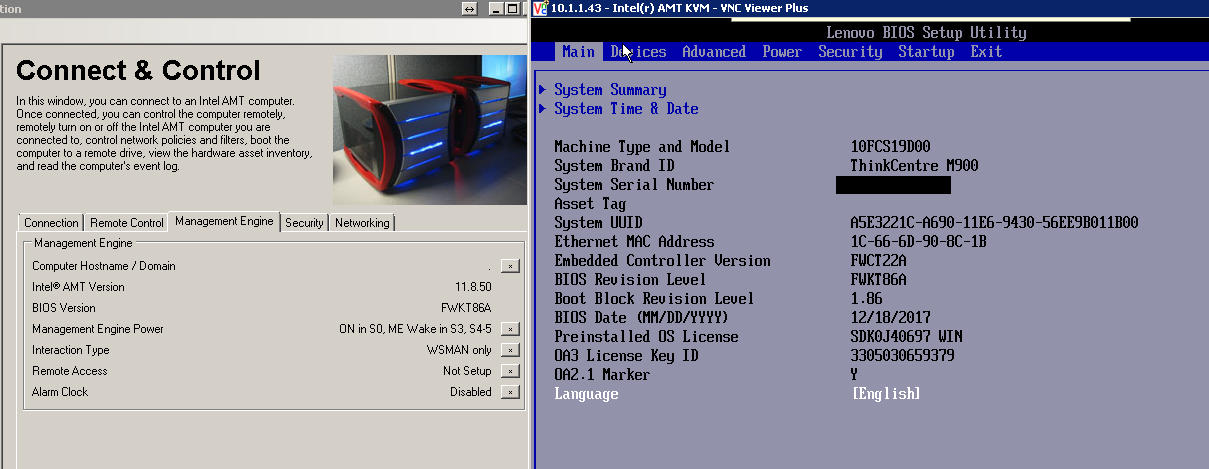

- #Intel amt drivers for debian how to
- #Intel amt drivers for debian install
- #Intel amt drivers for debian upgrade
Note that if you happen to already have this file created somehow, it will just attempt to edit it otherwise it will automatically create it. You need to create the configuration file exactly at this path /etc/X11/nf so execute your preferred text editor from terminal to that location, we will use nano as an example: So, according to this we must to create an nf file to manually define our own desired options, anyway.Ĭreate “nf” File with our Settings However, sometimes I do not trust everything to go as intended.īesides, we need to force enabling "TearFree" "true" option to prevent graphics tearing during either 3D OpenGL rendering or direct window moving/scrolling actions.
#Intel amt drivers for debian install
Well, the default behavior after you install the latest driver is that it will automatically choose the suitable hardware acceleration method according to your processor architecture.įor instance, starting from Intel Haswell which is the "fourth-generation core" successor to the Ivy Bridge architecture, without configuring anything it will default to “SNA” settings.
#Intel amt drivers for debian how to
How to Activate “SNA” Hardware Acceleration
#Intel amt drivers for debian upgrade
Note that if you already have an older version then it will just upgrade it to the build corresponding to the latest package available on jessie/backports automatically. Sudo apt-get -t jessie-backports install "xserver-xorg-video-intel"

Now, just install the package using apt-get utility from terminal.

Sudo echo "deb jessie-backports main contrib non-free" > /etc/apt/sources.list Install Backported “xserver-xorg-video-intel” Package You can follow same instructions below to either install latest Intel GPU driver from scratch or simply to perform an upgrade to the currently outdated driver package, the general idea is pulling the bleeding edge version of xserver-xorg-video-intel package from Debian jessie/backports repository branch.Īdd “jessie/backports” Branch to APT Sourcesīasically, one easy way to achieve that is by issuing this command into the terminal, like this: However, what we are going to cover in this article is upgrading that outdated driver to latest version to maximize performance, and how to solve tearing issues, after we force the use of the bleeding edge “ SNA” on X11 instead of “ UXA” as the default Hardware Acceleration method. I also noticed, that the nomodeset option results in the video driver not working anymore correctly (with hardware acceleration), because I see large CPU consumption of "Compiz" and X server.Honestly, the simple answer for first question is that Debian Linux desktop distributions will originally come packed with hardware acceleration configured by default during installation for Intel processors just in case you would rely on the integrated GPU. When I reboot, the issue is gone, but the moment I do the same, send the system into standby via pm-suspend, wake it up again via WOL, it's broken. The video picture still works, because I can see the time changing on my Ubuntu desktop, but the VNC doesnt accept any mouse nor keyboard input anymore. I now got a VNC signal too after standby wakeup, but now the mouse/keyboard doesnt work anymore. I found this old thread: where it was suggested to add " nomodeset" to GRUB config, which I did, and it seemed to work at first. I installed Ubuntu Server 64bit 12.10 on a Dell Poweredge T20 and wanted to run it headless, but I ran into the following problem, that when no monitor was attached, or if you send the system into standby and wake it up again, the screen is black if connected via VNC.


 0 kommentar(er)
0 kommentar(er)
